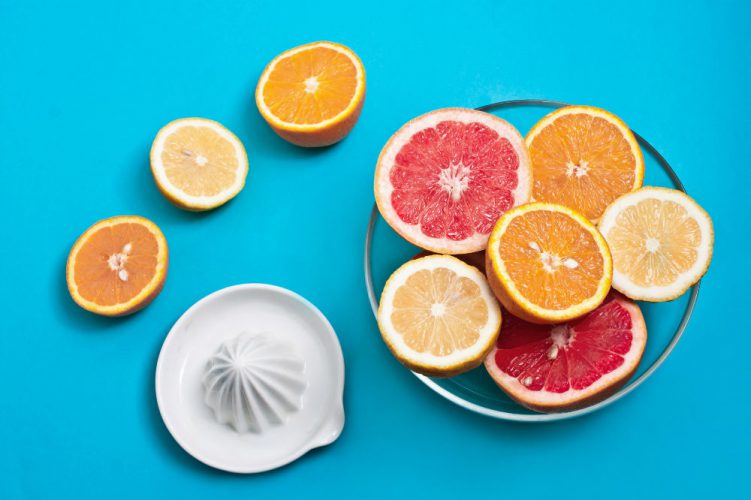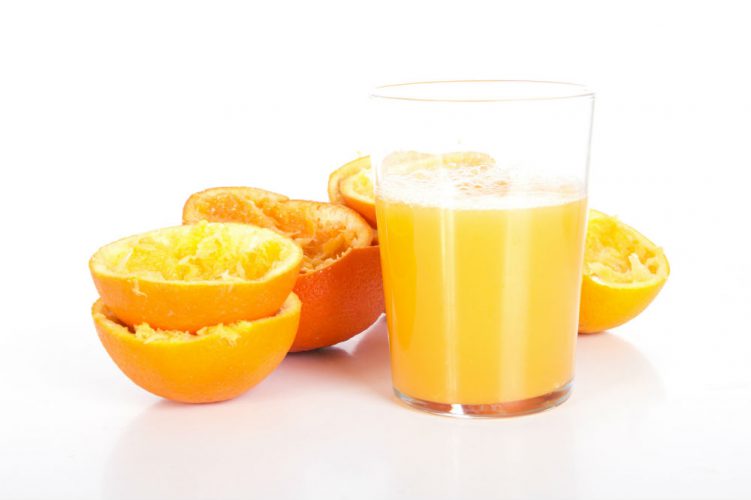You probably want to get the most out of the oranges you put in the juicer. Sometimes a couple of them will get you a full 8-ounce cup, but other times you may need more than a few to get the same result. There are several factors which might explain this discrepancy.
However, some simple guidelines may help you get a cup of 100% organic orange juice.
This article outlines some of the best practices and advice to follow when juicing oranges. Also, we will try to explain how many oranges to use for 1 cup of juice in order to yield the most nutrients.
Different Types of Oranges
Oranges probably originated from southern China, southeastern Asia or northeastern India. But, they aren’t known in their wild state. Italian traders brought them to the Mediterranean in the 15th century. Afterward, they spread to Latin America in the 16th century.
Oranges reached Central America around the same period, and by late 19th century orange groves had spread throughout the continent. Now, the US is one of the leaders in orange production with an estimated 5.16 million tons for 2017. Florida and California are the biggest orange producers in America.

The types of oranges grown in Florida are Hamlin, Valencia, Pineapple, Washington, and more. California grows Washington Navel and Valencia, just to name two popular types. The strain of orange you choose may influence how many oranges you have to use to get 1 cup of juice. So let’s take a look at these 4 different strains:
1. Hamlin
Hamlin oranges came to Florida in 1879. They were named after A.C. Hamlin who found them in a grove. This strain is seedless and very tolerant to cold temperatures, which is why they are so popular in Florida.
The fruit is up to 3 inches in diameter. And the skin is poorly colored, thin and smooth. You may not be satisfied with the color of Hamlin juice. Usually, people combine this variety with other types of oranges.
2. Valencia
This is one of the most popular sweet oranges in the world. It is widely consumed fresh or processed into juice. Valencia is harvested from March to June, but they are not very resilient to cold temperatures.
The fruit is up to 3 inches in diameter, the peel is thin, and may remain green if the nights are cool. Usually, Valencia is seedless and very juicy. If you put Valencia into your juicer you may be surprised how few of them are needed for 1 cup.
3. Pineapple
This type of orange was dubbed Pineapple because of its fragrance. Pineapple is a strain of amazing quality and color. They are harvested from December to February.
The fruit is somewhat flat at the ends, also up to 3 inches in diameter. The color is usually red-orange and the skin is a bit thicker than Hamlin. However, Pineapple is a very seedy type of oranges, so you are more likely to find it in the form of juice, rather than fruit.
4. Washington Navel
Commonly known as navel oranges, this is the second most produced variety of oranges in the world. They originate from California, where they were imported in the late 19th century. This strain grows in the subtropical climate and quality fruits can also be found in southern Florida.
This type of oranges is usually a bit bigger, more than 3 inches in diameter. Washington Navel is yellowish-orange and the peel is pebbled. It is very easy to peel this orange. Some people prefer not to juice it because it’s a bit bitter. But, if you don’t mind the bitterness, just one of these oranges may get you a full cup of juice.

Juicing vs. Blending
The way you process oranges may influence the amount of juice you get. There are ongoing debates about the benefits of juicing versus blending. One way or another, both processes extract healthy nutrients from oranges; it’s just the amount of juice that may vary.
Juicers separate the liquid from the pulp. When you use a juicer, usually you get concentrated liquid. This juice is thin and contains a number of nutrients that are beneficial for your health. If you need a low-fiber drink, juicing may be a better option for you. However, juicing usually requires more oranges.
On the other hand, everything you put in the blender will end up in the juice. The amount of liquid you can get from blending is usually much greater compared to juicing. Blending retains orange fibers and the juice is much thicker. You might not like the thickness of blended orange juice at first, but it may be beneficial for your digestion.
The Last Drop
According to the Virginia Tech Department of Horticulture, one orange should get you ⅓ cup of juice. Using this as a ballpark, you would need approximately 2 to 3 oranges for one cup of juice.
